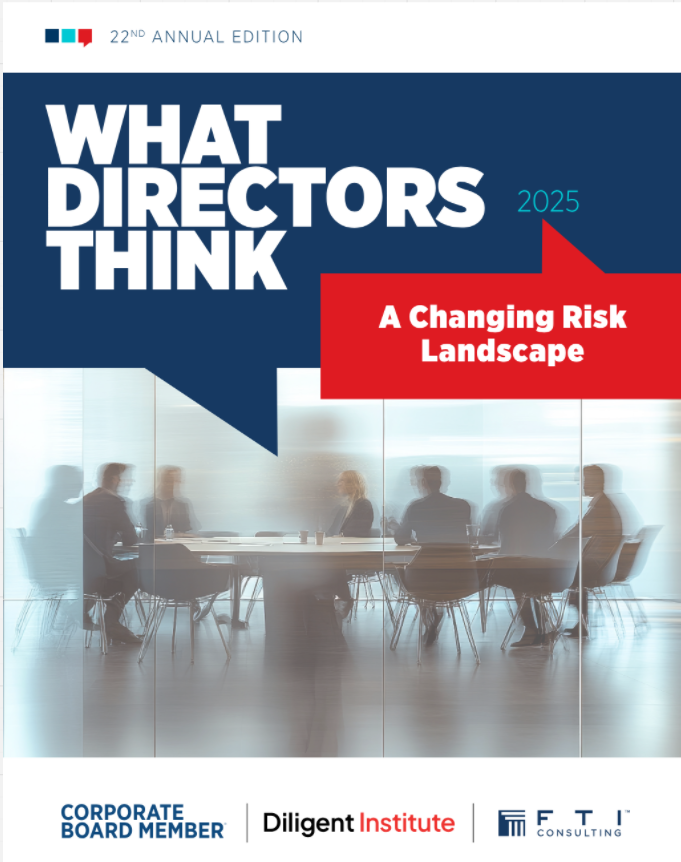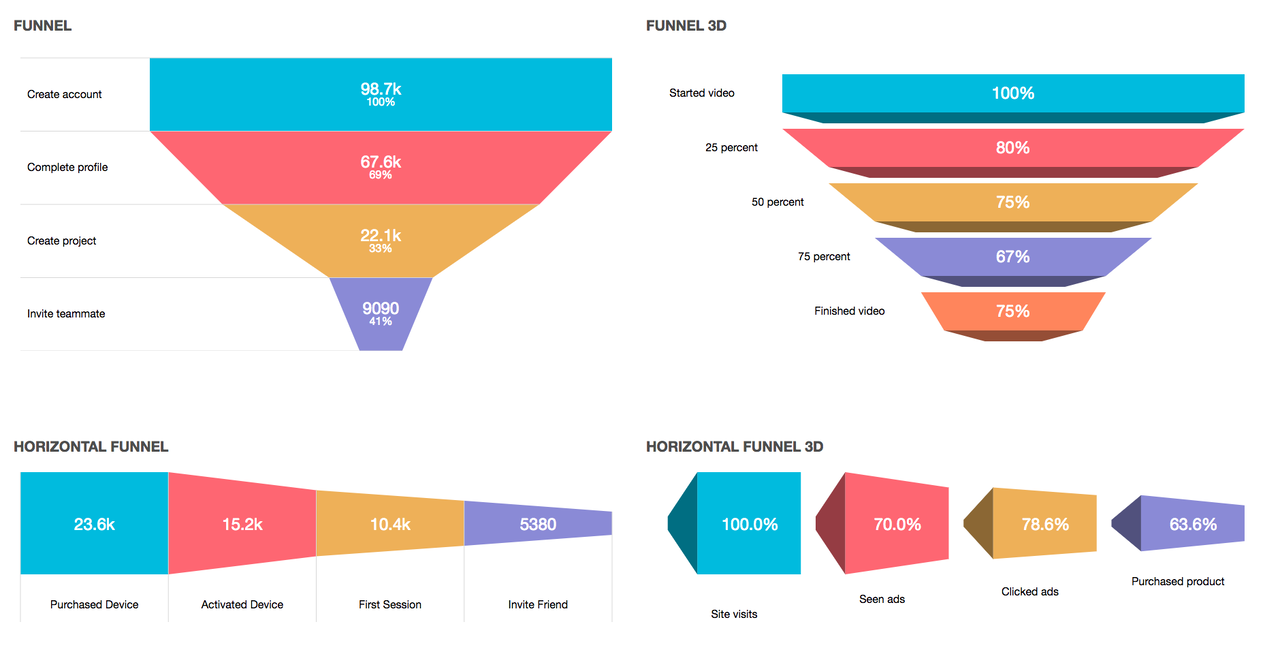Strategic Simplification: Communicating Complex Topics Without Dumbing Down
The "What Directors Think 2025" report reveals a significant shift in corporate board priorities, with directors eager to be optimistic, but with their outlook tempered by awareness of emerging risks, as boards navigate an increasingly complex business environment.
76% of directors are prioritizing growth opportunities in 2025, a sharp turnaround from the past few years’ focus on cost-cutting measures. (Note, this research was done last year and their growth outlook might be different today due to softening consumer confidence).
AI/generative AI remains an area of interest in 2025, with 42% of directors seeing potential in the technology’s ability to optimize operations and enhance workforce productivity.
51% of respondents say their board has reviewed its process for identifying and disclosing a cybersecurity incident, which suggests a potential gap in board management communications on this issue.
82% of directors believe a board should not encourage C-Suite leaders to speak publicly on controversial issues.
Only 11% of directors consider shareholder engagement and activism a top priority, a significant downshift from prior years.
After years of listing cybersecurity as the most challenging issue to oversee, 41% of directors this year chose “strategy” as their top oversight challenge, ahead of all other issues in their purview.
The report also identifies gaps. One significant one is between the importance placed on cybersecurity by board members and their understanding of it. These gaps represent a downstream risk for companies, whose routine cyber-planning and monitoring will be less effective…and than imagine stress-testing it.
Source: Corporate Board Member
Which brings us to communicators. Effectively narrowing this gap would be a significant value add for organizations.
The challenge is not to dumb down the information to the point that directors are sure of what they know, but it’s wrong. Threading the needle is difficult but not impossible.
Eliminating Jargon and Technical Terminology
Technical jargon creates immediate barriers to understanding for those outside your field. When presenting to board members or executives:
Rountinely audit your language - Like weeding a garden, highlight terms that might be unfamiliar to your audience and replace them with plain language alternatives.
Define unavoidable technical terms - When you must use specialized terminology, provide brief, clear definitions.
Create a glossary - For written reports, include a reference section that explains key terms.
Test your explanation with someone outside your department before presenting to confirm clarity.
Example: Instead of saying "We're implementing an ML-driven NLP solution with high precision and recall metrics," say "We're using artificial intelligence to understand customer comments with a high degree of accuracy that improves with time.."
Using Analogies and Metaphors That Relate to Familiar Concepts
Ever wonder why there are so many nautical terms used in aviation? Because when airplanes were invented (in Ohio), they started with something people already understood to create faster understanding. Analogies build bridges between the unfamiliar and the familiar, creating instant understanding by leveraging existing knowledge.
Choose analogies from universal experiences or the specific industry knowledge of your audience.
Keep analogies simple and focused on the core concept you're trying to explain.
Don't stretch analogies too far—they should clarify, not confuse or oversimplify.
Examples:
Compare data encryption to sending a locked box where only the recipient has the key
Describe cloud computing as renting computing power, similar to how businesses lease office space instead of building their own
Explain system redundancy as similar to having backup generators in a hospital
Breaking Complex Ideas Into Digestible Components
Complex topics become approachable when broken into logical, sequential parts.
Use progressive disclosure - Start with foundational concepts before building to more complex ideas. This reveals another truth: building true understanding takes time.
Create conceptual building blocks - Establish simple principles that can be combined to explain more complex situations.
Employ the "rule of three" - Group information into threes when possible, as humans tend to remember groups of three effectively.
Use transitions that clearly show how components connect to form the whole picture.
Example: When explaining a digital transformation initiative, break it down into three key phases: modernizing infrastructure, reimagining customer touchpoints, and creating new data-driven processes—with each phase having clear business outcomes.
Creating Visual Representations of Data and Processes
Visual tools bypass linguistic barriers and appeal to our innate visual processing capabilities.
Use process flows to illustrate sequential steps or decision points.
Create comparison charts that highlight differences between options.
Employ metaphorical visuals that reinforce your analogies.
Develop infographics that combine key data points with visual elements.
Use color strategically to highlight patterns or emphasize important information.
Example: Instead of explaining a complex marketing funnel with conversion rates in a table, show a visual funnel with decreasing widths that proportionally represent customer volumes at each stage, with key metrics highlighted at critical conversion points.
Source: Dr. Srinivas JAGARLAPOODI
Be Relevant
This isn’t an essay for school. Show people why the information is relevant first and then deepen their understanding. The Axios format is perfect for this.
Lead with business implications before offering technical explanations.
Use an "inverted pyramid" approach - Start with conclusions and recommendations, then provide supporting details.
Offer "if you want to know more" opportunities during presentations.
Example: When presenting cybersecurity improvements, start with risk reduction metrics and business continuity risk/benefits before explaining the technical implementation details.
Testing Understanding Through Interaction
Confirm comprehension by encouraging dialogue and questions.
Pause for questions at natural breakpoints in your explanation.
Ask verification questions that require more than yes/no answers.
Be prepared to explain the same concept in multiple ways if initial explanations don't resonate.
Conclusion
Strategic simplification is an iterative process that improves with feedback and practice. The ultimate measure of success is not whether you've covered all the technical details, but whether your audience can make informed decisions based on their new understanding.



